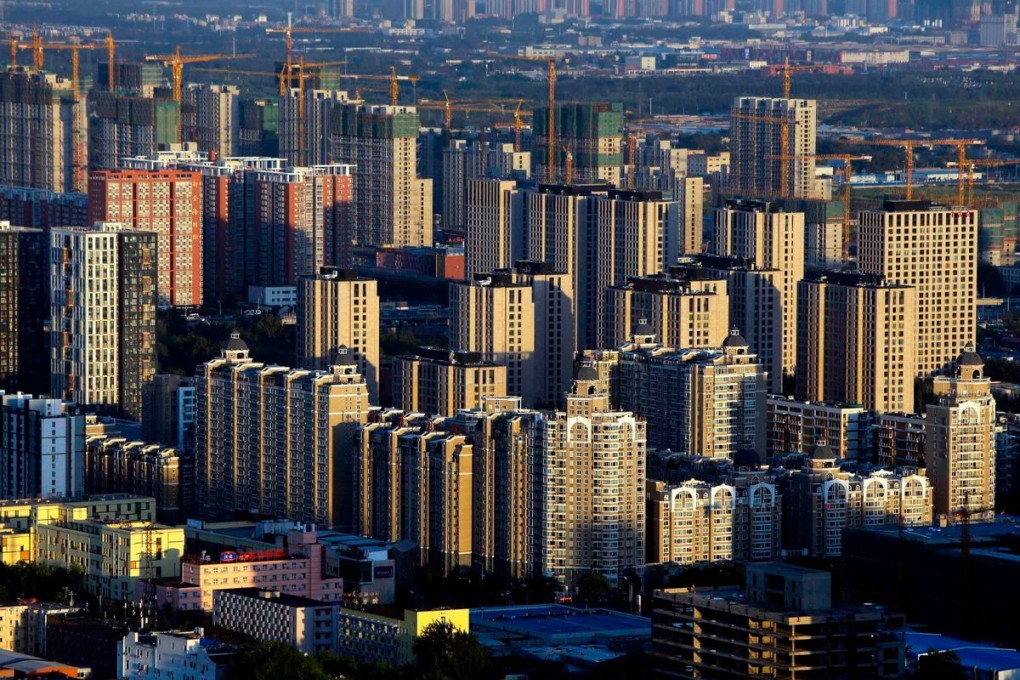How quality of life will become China’s most valued asset
More sustainable economic structure will transform China into a country where quality of life is valued over economic success at all costs


For years, China has grown fat on a diet of low-cost manufacturing, exports, and investment, an economic regimen that pushed the country closer to becoming an economic powerhouse. Yet, today, its GDP growth rate “languishes” at 7.4 per cent, a number that would satisfy most countries. With Premier Li Keqiang saying at the start of China’s annual National People’s Congress meeting on March 4 that China would aim to grow its economy at 7 per cent, it is clear that the economic slowdown in China has begun.
While such a slowdown may sound like a bad thing, it is the transition towards a more sustainable economic structure - dubbed “the new normal” after President Xi Jinping used the phrase on a 2012 inspection tour in Henan province - that will transform the country into one where quality of life is valued over economic success at all costs.
The new normal - perhaps Xi’s most important official catchphrase along with the “China Dream” - represents an economic structure that favours quality growth over quantity.
“In 2015, China’s GDP growth rate is likely to decrease to 6.5-6.9 per cent, which is still relatively close to the new growth target of ‘about 7 per cent,’” says Dan Steinbock, research director of International Business at the India, China & America Institute (United States) and visiting fellow at the Shanghai Institutes for International Studies (China).
“In the short term, that outcome will require more support from the policymakers, including new rate cuts. In the medium term, it will also provide a compelling rationale and powerful incentive to accelerate structural reforms, in order to move away from growth fuelled by investment and net exports to growth driven by consumption and innovation.”
According to China’s National Bureau of Statistics on February 27, domestic consumption made up 51.2 per cent of GDP growth for 2014, compared with 48.6 per cent for investment and a paltry 0.2 per cent for net exports. And with per capita disposable income climbing to 20,167 yuan (HK$25,504) last year, up 19 per cent from the previous year, the environment in China is ripe for domestic consumption to drive the country forward.
